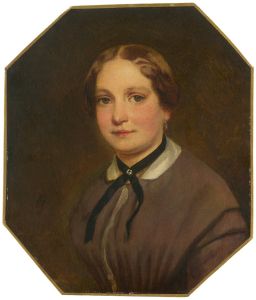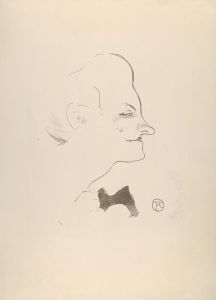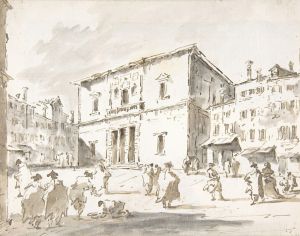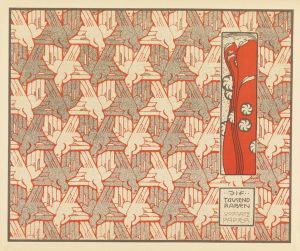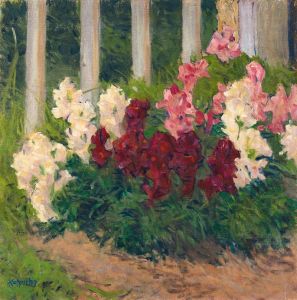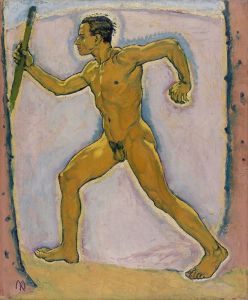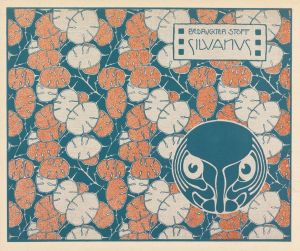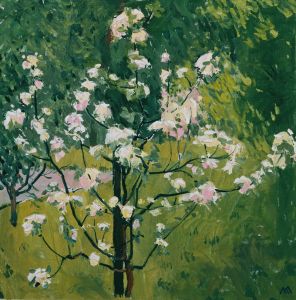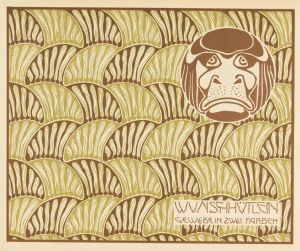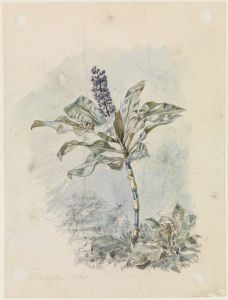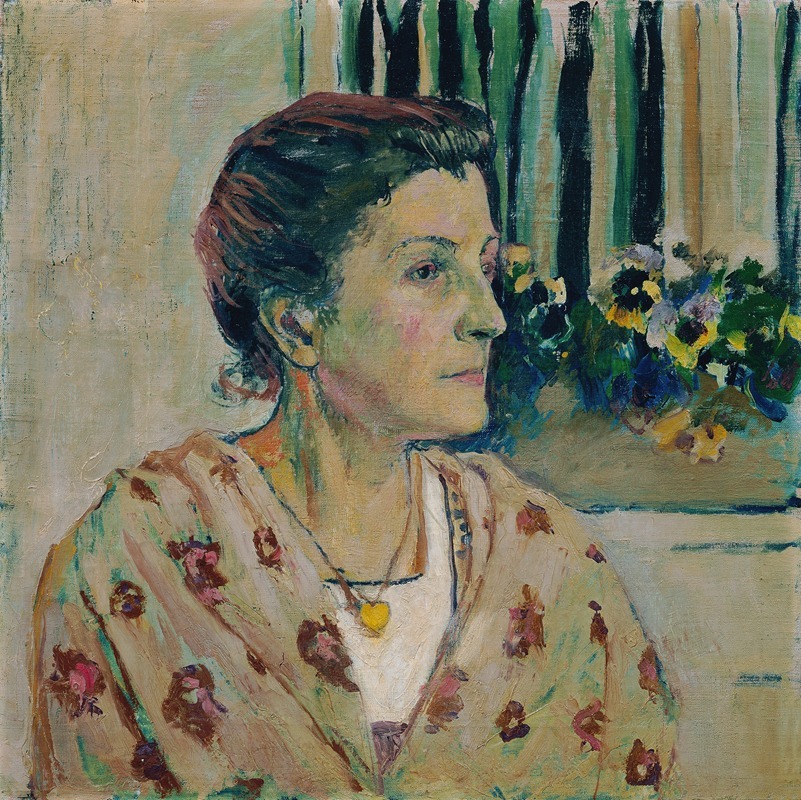
Charlotte Moser, Schwester des Künstlers
A hand-painted replica of Koloman Moser’s masterpiece Charlotte Moser, Schwester des Künstlers, meticulously crafted by professional artists to capture the true essence of the original. Each piece is created with museum-quality canvas and rare mineral pigments, carefully painted by experienced artists with delicate brushstrokes and rich, layered colors to perfectly recreate the texture of the original artwork. Unlike machine-printed reproductions, this hand-painted version brings the painting to life, infused with the artist’s emotions and skill in every stroke. Whether for personal collection or home decoration, it instantly elevates the artistic atmosphere of any space.
"Charlotte Moser, Schwester des Künstlers" (Charlotte Moser, Sister of the Artist) is a painting by the Austrian artist Koloman Moser, who was a prominent figure in the Vienna Secession movement. The painting is a portrait of Moser's sister, Charlotte, and is notable for its stylistic elements that reflect the artist's involvement in the Secessionist movement, which sought to break away from traditional artistic conventions and embrace modernist aesthetics.
Koloman Moser was born on March 30, 1868, in Vienna, Austria. He was a versatile artist, known for his work in painting, graphic design, and applied arts. Moser was one of the founding members of the Vienna Secession in 1897, alongside Gustav Klimt and Josef Hoffmann. The Secessionists aimed to create a new style that was free from historical imitation and that embraced innovation and the integration of fine and applied arts.
The portrait of Charlotte Moser exemplifies Moser's skill in capturing the essence of his subjects while incorporating the decorative and symbolic elements characteristic of the Secessionist style. The painting features Charlotte in a composed and serene pose, with attention to detail in her facial features and attire. The background and overall composition of the painting reflect the influence of the Art Nouveau movement, which was known for its organic forms, flowing lines, and emphasis on beauty and harmony.
Koloman Moser's work, including this portrait, often displayed a blend of traditional portraiture techniques with modernist elements. His use of color, line, and form in "Charlotte Moser, Schwester des Künstlers" demonstrates his ability to merge fine art with decorative art principles. This approach was a hallmark of the Vienna Secession, which sought to elevate the status of applied arts to that of fine arts.
Throughout his career, Moser contributed significantly to various artistic fields, including graphic design, furniture design, and interior decoration. His work with the Wiener Werkstätte, a cooperative of artists and craftsmen founded in 1903, further solidified his reputation as a key figure in the development of modern design. The Wiener Werkstätte aimed to produce high-quality, handcrafted objects that combined functionality with artistic beauty.
"Charlotte Moser, Schwester des Künstlers" is an important work within Moser's oeuvre, as it not only showcases his technical prowess as a painter but also reflects the broader artistic trends of his time. The painting is a testament to Moser's ability to capture the personality and presence of his subjects while adhering to the principles of the Vienna Secession.
Koloman Moser passed away on October 18, 1918, but his legacy continues to influence contemporary art and design. His contributions to the Vienna Secession and the Wiener Werkstätte have left an indelible mark on the history of modern art. The portrait of Charlotte Moser remains a significant example of his artistic vision and his commitment to blending fine and applied arts into a cohesive and innovative whole.





